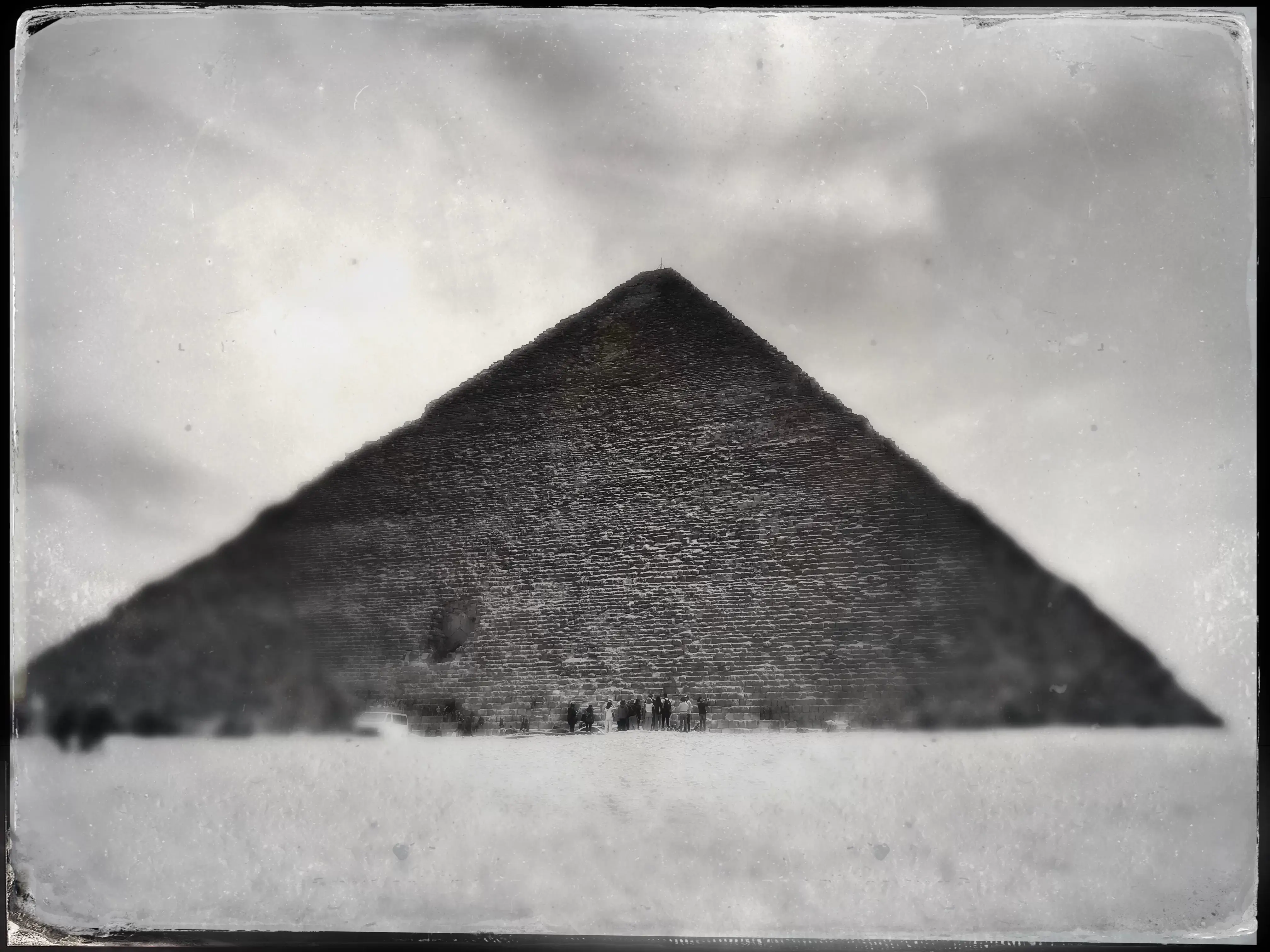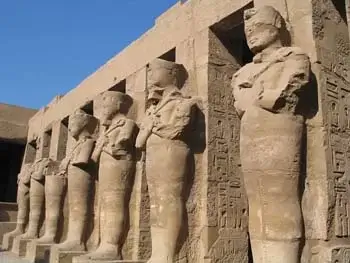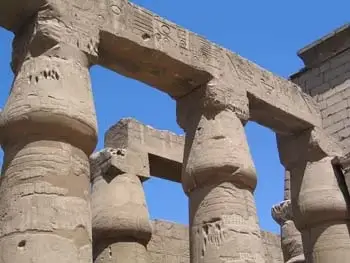



Not Your Average Vacation: Cruising the Nile
There are many kinds of vacations—the island getaway, the mountain trek, the European church tour. And then there’s the Middle East.
A term coined in the 1850s by a British India official, the “Middle East” refers to 18 countries, 60+ languages, and nearly four million people. It’s the cradle of most world religions and has long been a hotspot for global politics, economics, and culture.
So yeah—definitely not Hawaii.
Our journey began in Cairo and ended in Russia, but what stayed with me most was the stretch between Aswan and Luxor, by way of an overnight train and a four-night Nile cruise.
Cairo to Aswan: Time Travel by Train
The overnight train to Aswan rattled through scenes unchanged for centuries—men hauling carts, horses dragging sugarcane, and the occasional cow carcass in a stagnant roadside pond. It was clear: time had largely stood still here.
Aswan is like a scaled-down Cairo, with fast food joints creeping in (McDonald’s, KFC—and soon, no doubt, Starbucks), but the city still clings to its roots. We boarded Sanctuary Boat IV for a 4-night/5-day Nile cruise, a luxury experience that includes meals, guides, and entertainment, all wrapped in Art Deco elegance.
Wait—Five Days for 150 Miles?
Yes. And for good reason.
The cruise lingers in both Aswan and Luxor for about 36 hours, giving passengers time to explore Egypt’s unmatched archaeological treasures. Egypt is home to a third of the world’s antiquities. Luxor alone is known as the world’s greatest open-air museum.
From day one, we were treated like royalty. Our host, Aylian, greeted us with drinks and warm smiles. The staff were attentive, polite, and genuinely friendly. One of our first excursions was a sail on a felucca—a traditional Egyptian boat—around Elephantine Island, Lord Kitchener’s Botanical Gardens, and the Agha Khan Mausoleum. With only wind to power us and the crew singing folk songs, the silence of the Nile was surreal.
Temples, Tombs, and No Pyramids?
If you’re expecting pyramids along the Nile, think again. Those are back in Giza. The ruins along the Upper Nile—at Kom Ombo, Edfu, Esna, and Luxor—reflect Greek and Roman influence. Egypt’s ancient architectural dominance gave way to foreign rule, and pyramid-building was replaced by temples of another kind.
A trained Egyptologist guided us through it all. We learned. We marveled. We tried not to get caught breaking rules.
About that…
The Photo Incident
Inside a long, mostly empty tomb, I snapped a few photos—OK, more than a few—without a photo pass. A guard caught me. He asked for my ticket. I lied. He took my phone. Found the evidence. Busted.
At that moment, I was ready to accept my fate: rotting in a corrupt Egyptian jail, far from help, my story ending next to a mummy. But then—an Egyptian woman from our group swooped in, talked to the guard, probably slipped him a tip, and got me out. I thanked her, but her expression said it all: disappointment. I carry that look with me as a quiet reminder to play fair and stay humble.
Life Aboard
Back on the boat, every day offered something new: an Egyptian cooking class, afternoon tea, movie night (Death on the Nile, of course), a costume party, and even disco night. We danced in Egyptian garb under the stars.
Fellow Travelers
Travel is about the people as much as the places. On our cruise, we met a Brazilian opera singer, an Indian family from England (whose son could rap Hamilton lyrics on command), and even an Egyptian oil magnate.
Final Thought
There was a moment at the Giza Pyramid Complex—if you stood still, tuned out the chaos—you could feel something deeper than tourist spectacle. A link to the ancient, to humanity’s past. More than Europe, more than Asia. Egypt holds history in its bones.
Looking back, this might just be the trip of a lifetime.
